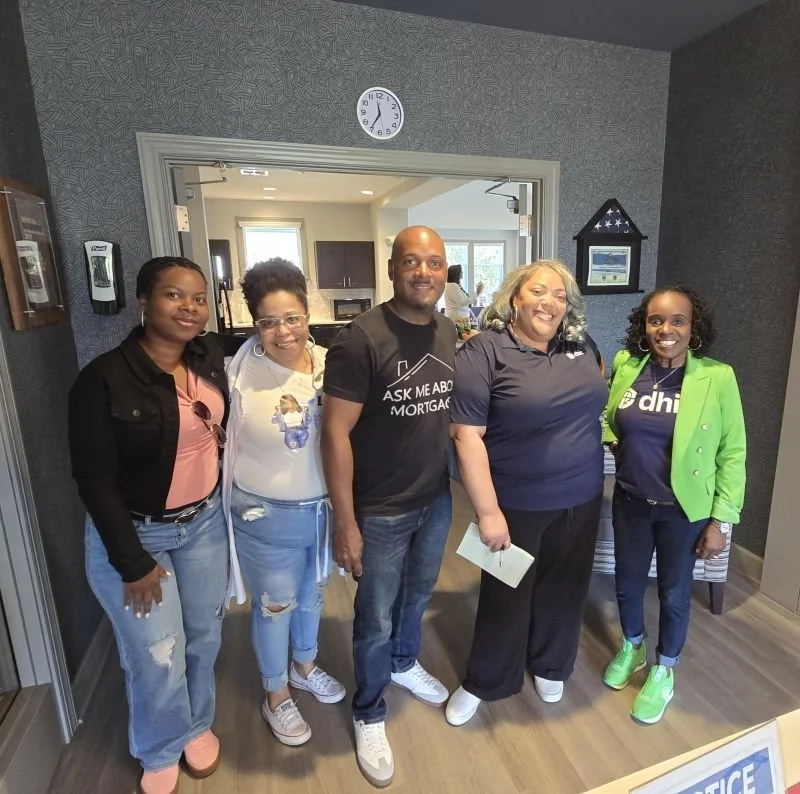
Home to
OPPORTUNITY
Developing Housing.
Building Community.
Over 50 years
of developing strong communities
At DHIC, we are committed to providing safe, affordable, and high-quality housing across North Carolina. Our mission is to strengthen communities by developing and preserving affordable housing, providing homeownership education, and delivering resident services that foster connection and stability.
Whether you’re seeking affordable housing or exploring homeownership, DHIC is a trusted partner on your journey.

We understand that housing is a catalyst for opportunity, independence, and resilience.
Together, we are building stronger communities—one development at a time.
Explore our Communities
At DHIC, we partner with private property management companies to ensure our communities are safe, well maintained, and inclusive. We are proud to own and manage more than 3,200 apartment homes across the North Carolina Triangle area and beyond. Our properties are designed and located in diverse neighborhoods, offering high-quality housing options for families, seniors, and individuals.
Each property has its own leasing office that manages the application process and waitlist. If you have questions about unit availability, eligibility, or the application process, please contact the leasing office of each property.
Affordable and Accessible Housing
All of our apartment communities have income restrictions, offering lower rent costs than typically found in the marketplace. We also have communities that are age-restricted.
Finding affordable housing is challenging and most of our properties have waiting lists or no availability.
We hire private property management companies to maintain and manage our homes. We take pride in the homes we build and are committed to keeping our homes safe, attractive, and inclusive.
Homeownership Center
We offer a range of turn-key services to help buyers get mortgage-ready, find a home, choose a lender, and access special financing opportunities.



















